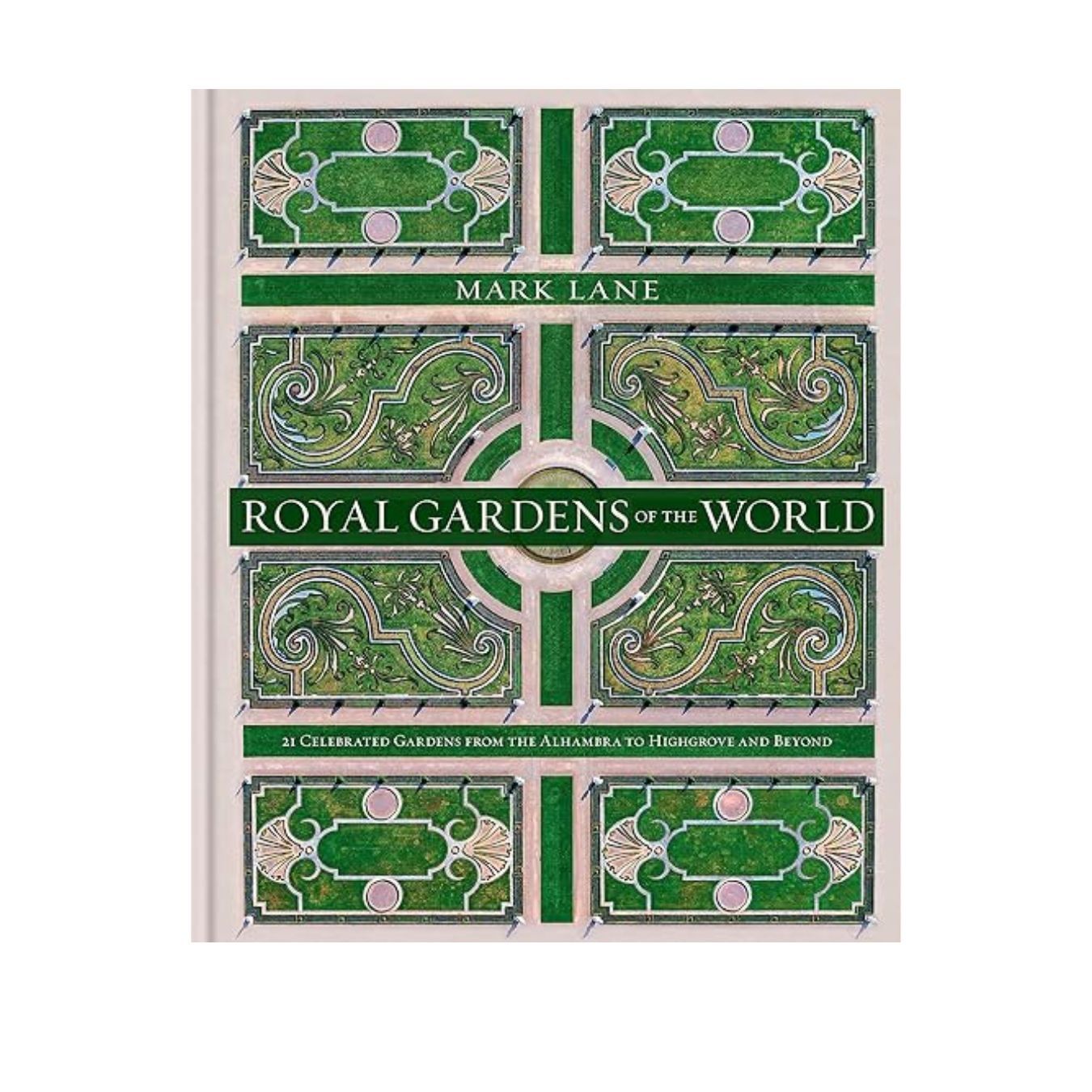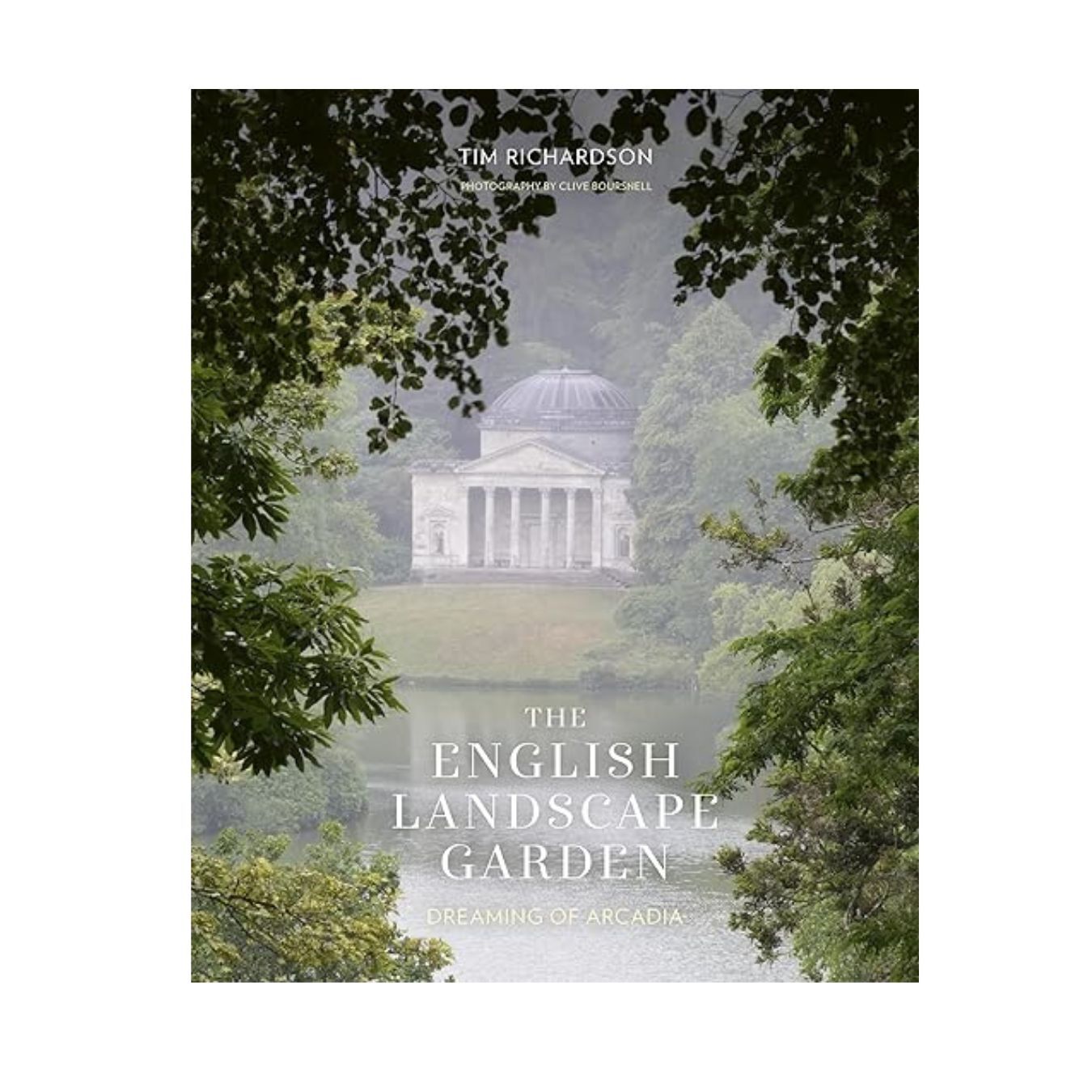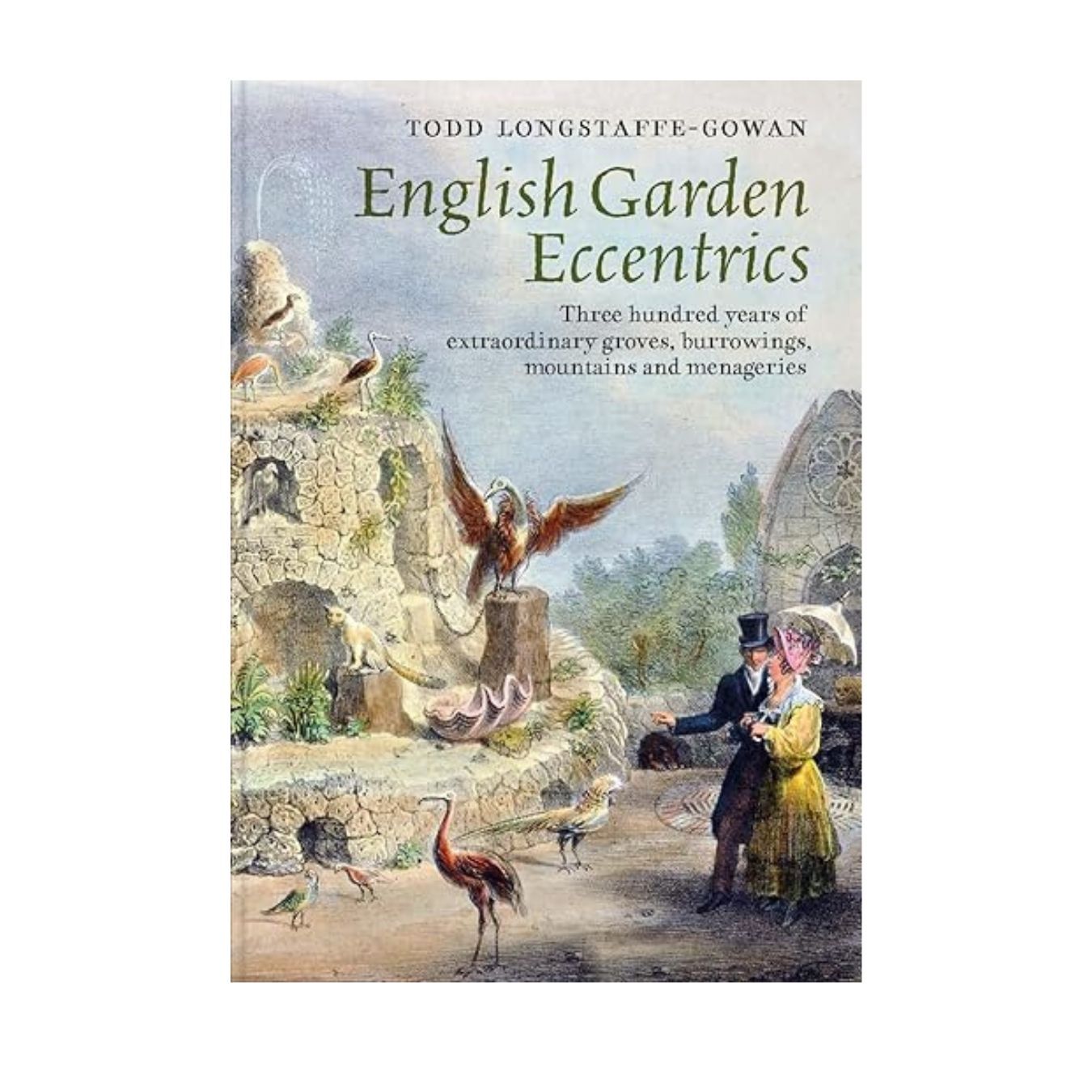Have you ever visited an English country garden? You probably missed these 5 things – here's what to look out for next time you visit
Some of the most fascinating and archetypal features in English gardens can go unnoticed

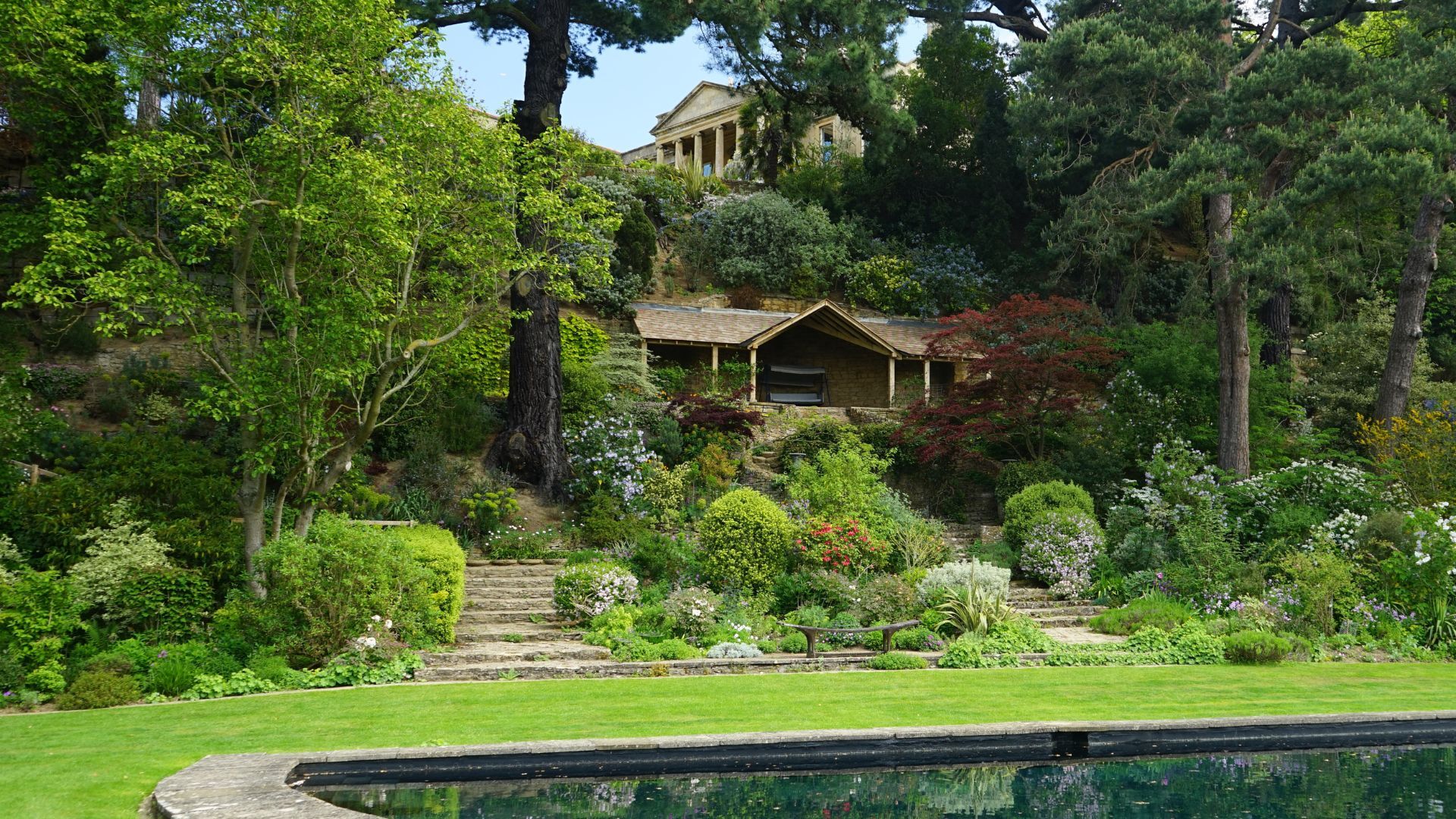
If you've ever wandered around an English stately home and its magnificent gardens, you will have noticed there is something worth gawking at at every turn. Each flower bed carefully stewarded to perfection, the lawns beautifully manicured, and the hedges clipped into uniformity, backdropped, usually, by a building of serious architectural pedigree. There is little else as fascinating, in my book, as learning about these gardens, though amongst the hundreds of pretty flowers, many English country garden features are totally overlooked.
Whilst not all English gardens have every one of these features, many of them will have at least a few. There are historical and design insights to be gleaned from these English country garden features, or in some cases, simply a chuckle to be had when you notice them.
The list is most certainly not exhaustive, with the wondrous world of historical gardens being so rich, and with a wealth of architectural and geographical history building each garden's individual story, making such a list would be impossible. So here I have selected five English country garden features you may have seen, but not noticed, until now.
Five fascinating features in English gardens you may have overlooked
1. The ha-ha
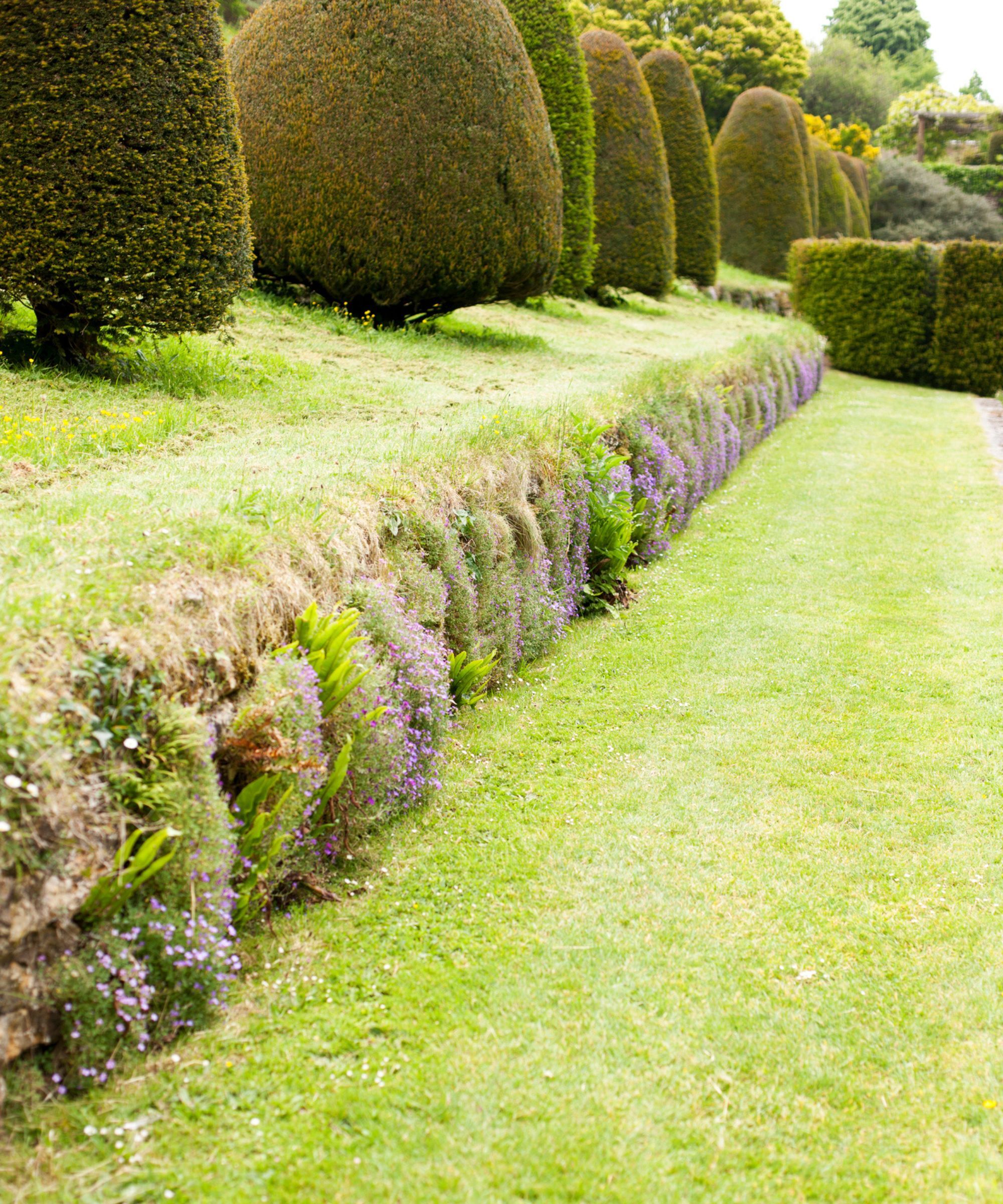
A ha-ha is an optical illusion of sorts. It's an 18th-century garden idea implemented in large landscaped gardens, allowing for totally uninterrupted pastoral vistas, while secretly maintaining the practical functions of the land.
The idea is that from the house, you cannot see the ha-ha at all, just an unbroken, continuous bucolic landscape. As you approach the ha-ha, though, you would reach the precipice of a deep ditch, made by a fence or wall, often with grazing sheep stomping around below, a vision you were unable to see until the last second.
It's thought this is where the name 'ha-ha' came from, something you might exclaim on realising the optical illusion as it unveils itself. You will often see these around English country gardens, maintained beautifully and often still incorporated into garden designs today.
2. Lutyens' Peacock
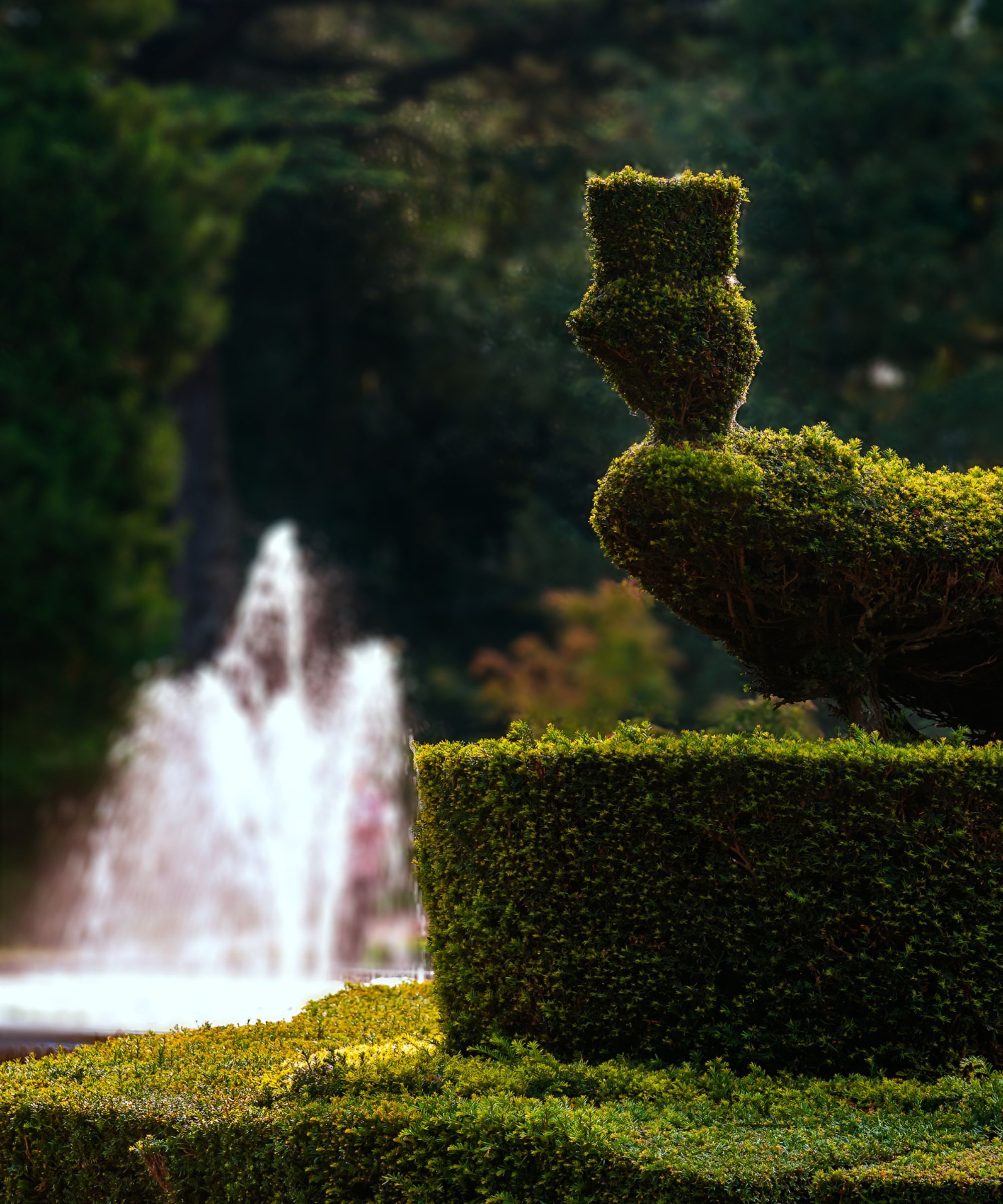
Edwin Lutyens (pronounced luh-chnz) was a pioneering architect who created many exquisite English country houses, particularly in Surrey and Sussex. He also had a long and esteemed career as a garden designer, after learning many a garden design lesson under the tutelage famous English horticulturist Gertrude Jekyll.
Design expertise in your inbox – from inspiring decorating ideas and beautiful celebrity homes to practical gardening advice and shopping round-ups.
Together, Lutyens and Jekyll were highly influential in shaping 20th-century garden design, and take a walk around any esteemed English country garden today, and you will find much evidence of their ideas and work. One of which is present in so many classic English gardens, it is surprising that so few people know what they are.
Large topiary birds, specifically peacock-shaped topiary, are attributed to a design by Lutyens, who often indulged in topiarisation, and who had a penchant for the classic topiary shape, the peacock, which is now often associated with his work and referred to as 'Lutyens peacock'.
Although the pendulum of fashion has swung away from topiary and back again, the Lutyens peacock has managed to remain unerringly popular. It seems Lutyens really was ahead of his time.
3. Hermitage garden follies
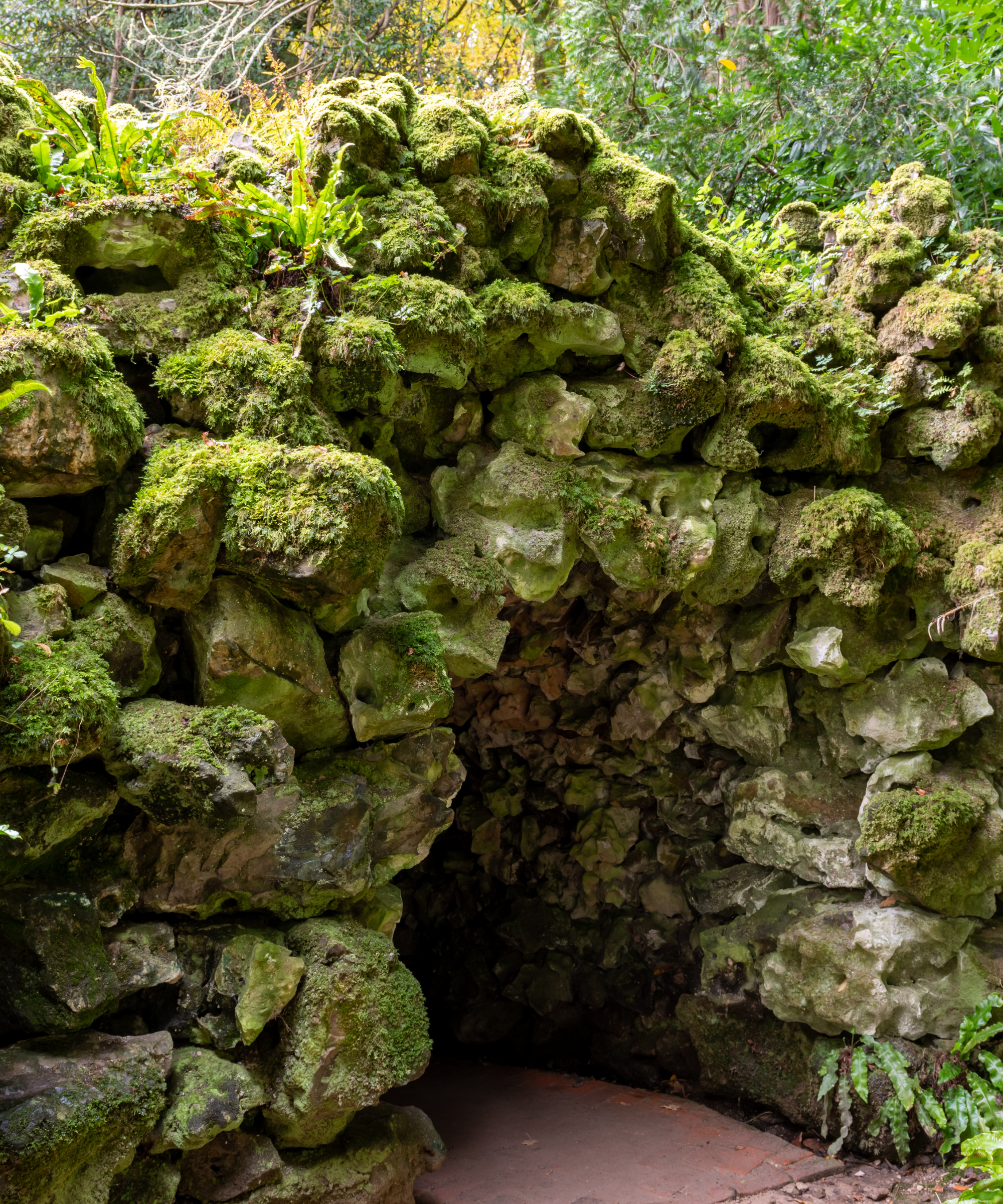
Hermitage garden follies have a very peculiar, yet wholly fascinating history. They were essentially an architectural novelty that became hugely popular in the large country gardens of the Georgian era.
Garden trends, at the time, meant there was a huge desire among wealthy landowners to give the impression that their large estates had historical significance and featured centuries-old, ancient buildings.
This meant they often had buildings from a bygone era, physically moved into their gardens, or built new ones purposely to appear archaic, to impress their many visitors. Even prehistoric rocks were often moved into their gardens, to give an ancient lineage to the landscape and estate.
Many of these wealthy landowners had the, to put it mildly, rather eccentric idea of employing a so-called 'ornamental hermit,' - a person to live in their grotto, and often they were asked not to shave, wash, or interact with visitors, as to give the impression that their land is so primeval, so ancient, and so vast, that hermits lived in their outbuildings.

An old grotto has been lovingly restored and and covered in mosaic to become a piece of art.
Advertisements for hermits were run, and these individuals were paid to live in these follies, and guests would stumble across them, aghast at the mythical, almost magical sight.
By the 19th century, the taste for hermitage grottos had waned, and they fell out of fashion. That is, the trend for real, living, breathing individuals to live in them waned, but grotto building itself became something of a competitive sport, and they became more and more flamboyant and decorative as the years rolled by.
By the 21st century, some of the oldest and finest grottoes have been magnificently restored, and new ones have been built, as pieces of art, more than anything else.
4. Hot walls
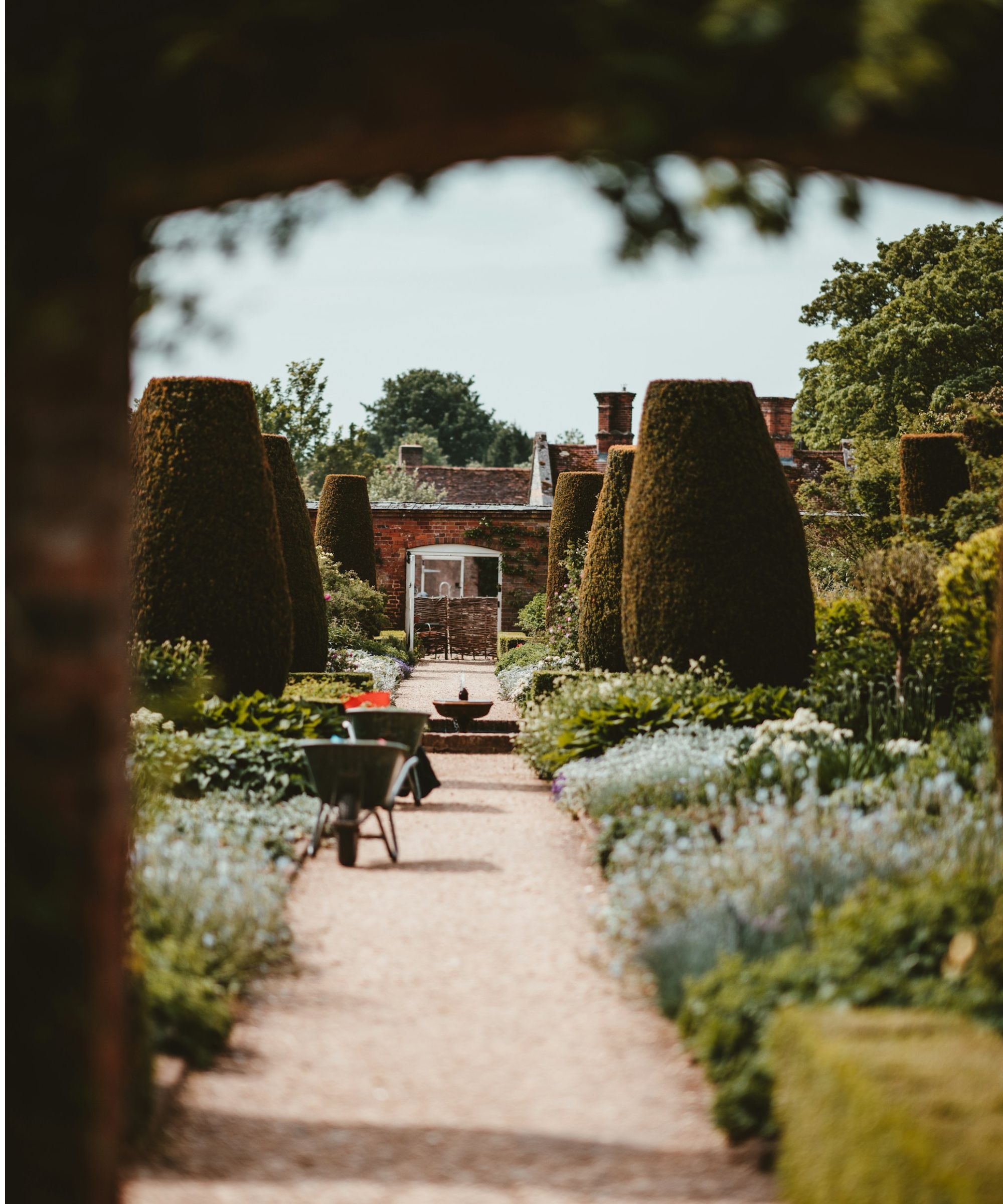
When exploring classic English gardens, there is nearly always a beautiful walled garden worth exploring.
Though you'd be excused for missing a fascinating feature in walled or kitchen gardens. Back in the 17th century, well before supermarkets selling masses of exotic produce cornered every street, cultivating exotic plants was extremely hard work.
This is why they created 'hot walls', which were purpose-built to be artificially heated to augment the warmth of the sun in ripening the fruit.
Before the advent of cast iron piping, which allowed the use of circulating piping hot water to heat the walls, straw was burnt in a cavity at the base of the wall to heat it.
You can still see evidence in many gardens, like Chelsea Physic Garden, Royal Botanic Gardens Kew, and Arundel Castle. To spot old hot walls, old furnaces may be seen at the foot of the outer side of the wall, and holes will be apparent at the top of the wall, or even chimneys, in many cases.
5. Turf benches
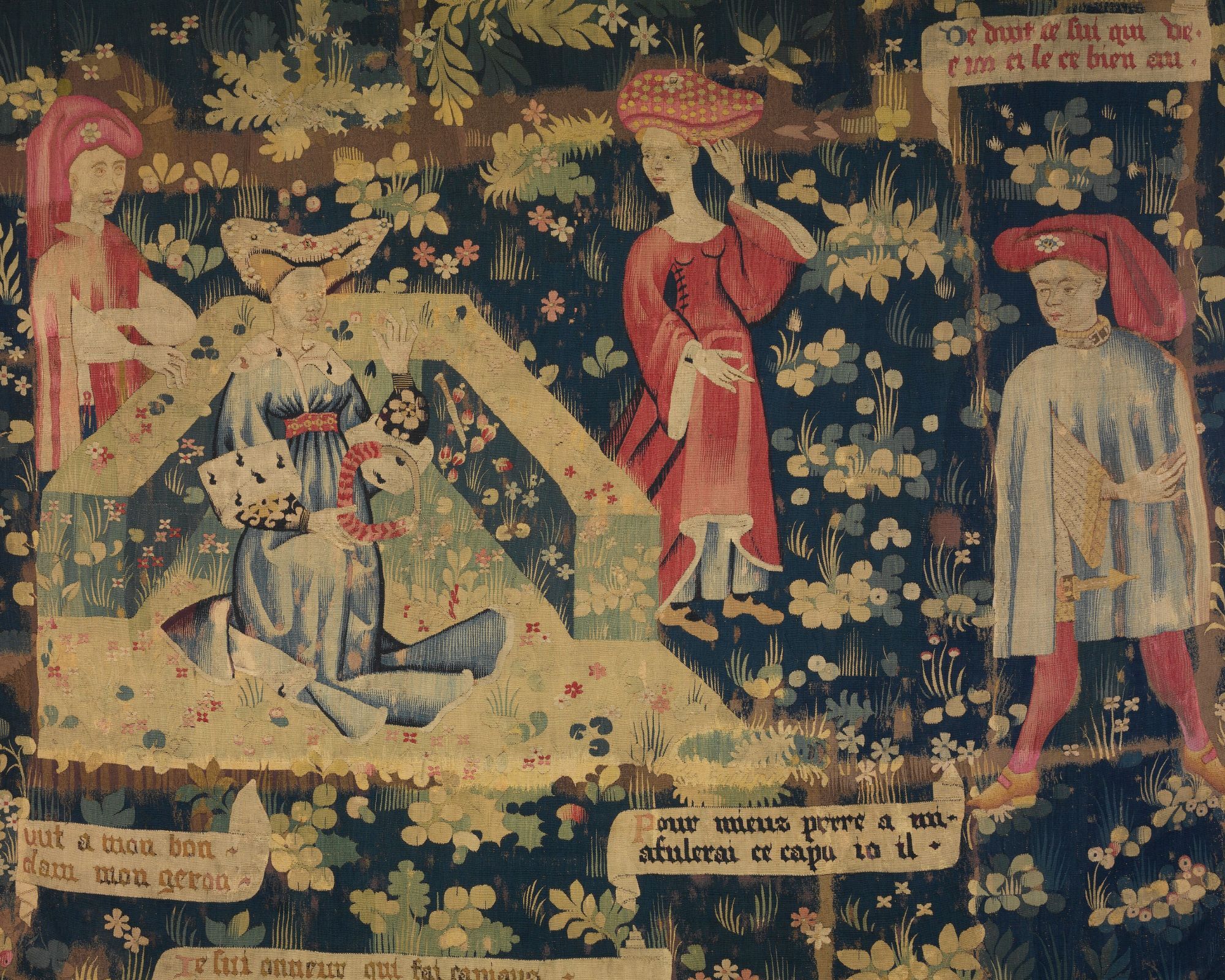
Turf benches were among the most distinctive and common features of 14th-century medieval gardens, and many classic country gardens still feature them, though they can often be a little tricky to spot.
The benches were made with low frames made out of brick or wattle (woven willow). The frames were packed full of soil, and the surfaces were planted up with turf. Turf seats were placed in the middle of the garden or against one of the walls.
If you ever see a turf bench in a garden, and can explore the house too, it is most likely that you will see turf benches in many paintings and tapestries.
Turf benches are often included in recreated medieval gardens, like the gardens at Winchester Cathedral, and once you have noticed one, you will find that they crop up in many gardens you explore.
Must reads for garden enthusiasts
As well as being fascinating features of English country gardens, many of these ideas can be easily copied if you want to make your garden look older, as if from a bygone era.
Next time you visit a garden, keep your eyes peeled, you never know, your antenna might go to high alert when you spot one of these English country garden features.

Sophia Pouget de St Victor is the UK Content Editor at Homes & Gardens, bringing readers the latest trends, expert insights, and timeless design inspiration tailored to a UK audience. With a background in luxury interiors and a qualification in Garden Design from London, she has a passion for creating spaces with character and emotional depth. Sophia gravitates toward interiors that defy definition, valuing individuality and effortless elegance. She lives in West London with her partner, two mischievous terriers, and a plump cat named Lettuce.
